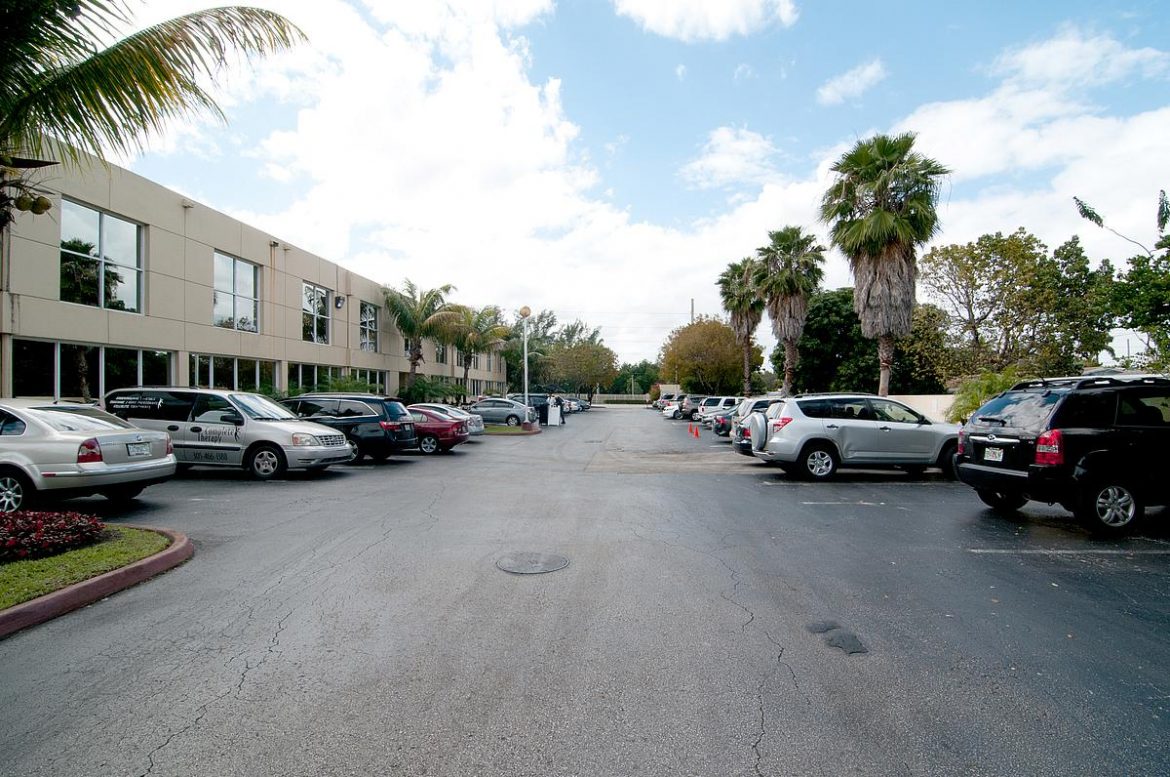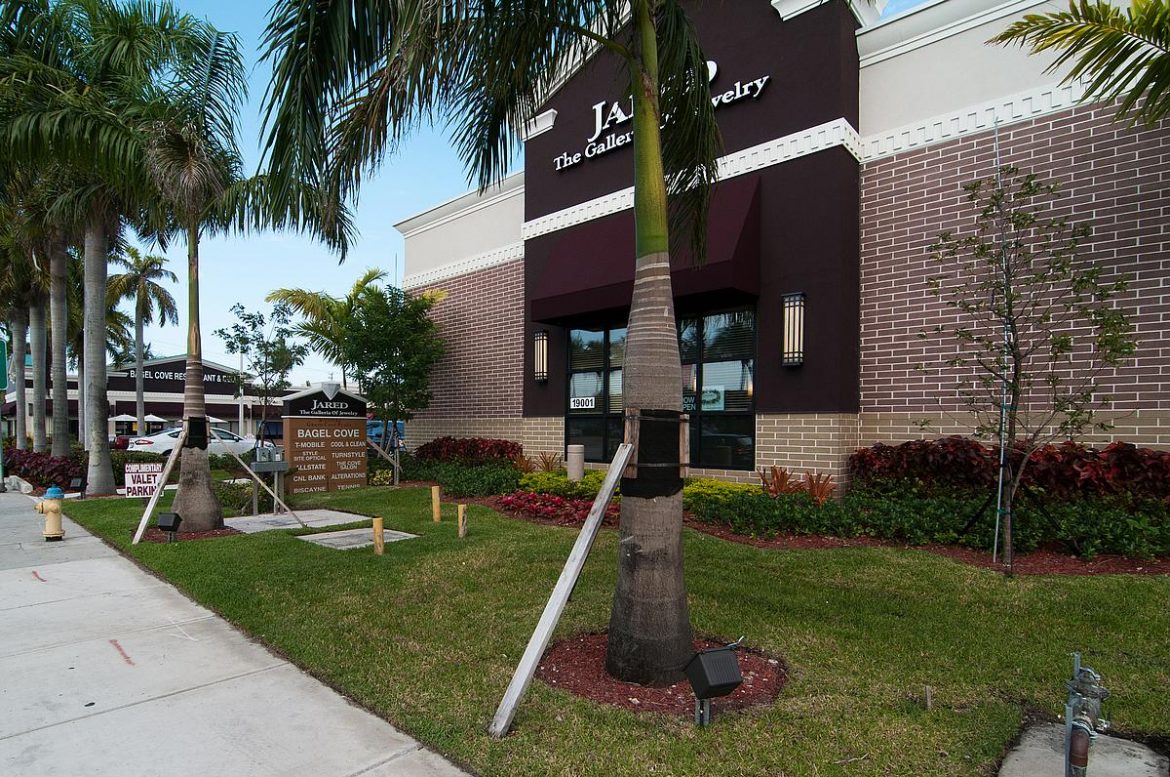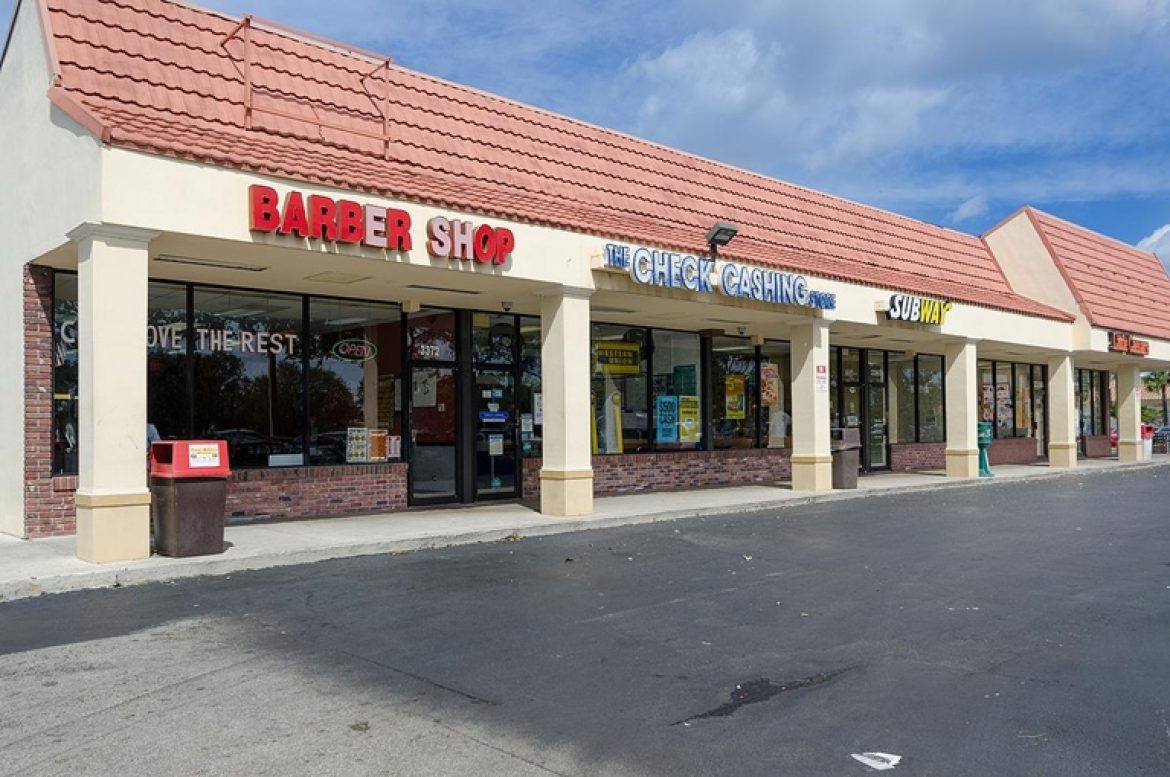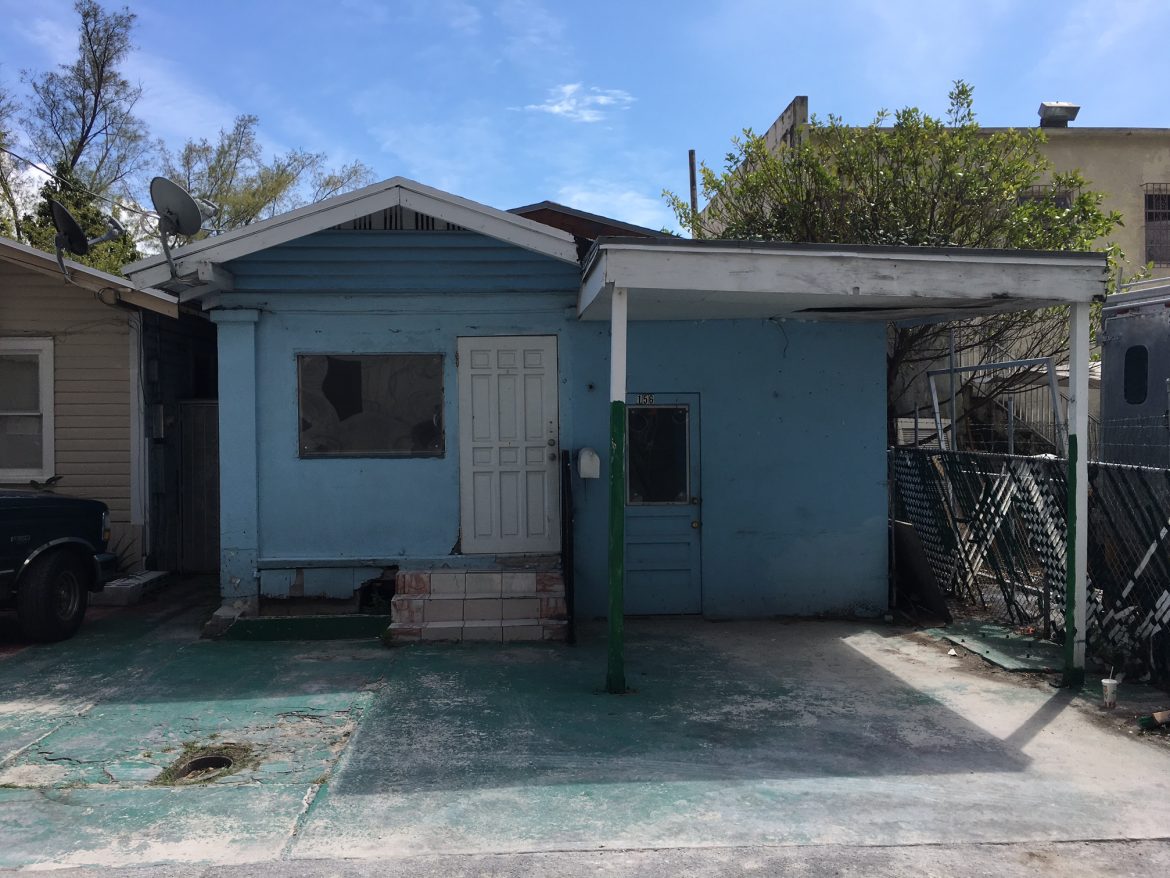Related Group recently completed two projects in Wynwood and has more in the works, Vice President Jon Paul Perez told Bisnow this week. In Allapattah, it recently opened a gallery and is on the lookout for other opportunities.
“It’s gotten to that point where the buying and trading of land without developing … that ship has sailed,” Perez said. “If you’re buying land there now, you’re assuming you’re going to have to develop.”
Sterling Bay Director of Leasing Michael Lirtzman had a similar assessment. The Chicago development giant closed on a site for $18.9M in December 2018, at 545 Northwest 26th St., where it is building a 10-story, 300K SF office building called 525wyn.
“We got in at a pretty good number,” Lirtzman said. “The pricing was a little more restrained. Now it’s starting to push.”
Sophisticated national developers have “brought some discipline to the pricing,” he said, but he predicted values would stay high as the neighborhood hits maturity.
“Wynwood is in the mode of building now,” said Avison Young principal John Crotty, with the days of flipping mostly gone and big residential developers going vertical.
Allapattah, however, still has pockets of opportunity, he said. “Other than by the [Miami] River and by [Jackson Memorial] Hospital, there’s not much development.”
Related Group and partner East End Capital completed Wynwood 25 in July. Its 289 apartments are now 85% leased at $3.10 per SF, Perez said, and its 35K SF of retail is 45% leased. Another project, the Bradley, which Related developed as apartments, was instead leased entirely to Domio to be operated as short-term rentals.
Perez said that Related benefited by being the first mover, willing to take a risk.
“The bet that we were making was that people wanted to live in Wynwood, right?” he said. “I could never have told you, ‘Hey, I’m going to sign a lease for all the apartments to one operator,’ because I think at that time these types of companies did not exist.”
When Domio came around, “we were the only option for someone that wanted one of those companies to be able to be in the neighborhood,” he added. Domio reportedly fought off competition from rival short-term rental operators to sign the building.
The largest development deal in the area last year was a 1.6-acre site at the corner of Northwest 25th Street and Second Avenue, which buyer Property Markets Group and Greybrook Realty Partners paid $46M to acquire and redevelop from its existing use as a gallery into a six-story resident complex with 222 units, Crotty said.
Crotty said PMG spun out the bottom-floor retail to Tricera Capital, which should be able to garner rents around $80 per SF.
“That’s Main and Main,” said Crotty, a former NBA player who also serves as the Miami Heat’s TV analyst. “That’s top-of-the-market pricing.”
Blocks off the main drag, Wynwood rents are about $50 per SF, he said.
Office leasing at the Wynwood Annex has gone a little slowly, Perez said, but Live Nation leased a floor and he said he is in talks with potential tenants that are similar in size and credit to the events company.
“So definitely by the end of 2022, our buildings should be close, if not 100% occupied,” Perez said.
Lirtzman compared Wynwood to the Fulton Market area of Chicago, which was “where young people went to hang out. There was no office, but a vibrancy in the neighborhood.”
Sterling Bay decided to build office projects there with large floor plates and top-line amenities geared for creative tenants. It is now building its seventh Fulton Market building in a six- or seven-block radius.
Sterling Bay’s Wynwood project, which recently topped off, will include a fitness center, an indoor/outdoor bar and 440 parking spaces. Its first tenant is architecture giant Gensler, and Lirtzman said a letter of intent has been signed for a consulting firm to take 8K SF.
Goldman Properties opened the 30K SF Wynwood Garage in 2018, and a boutique office building, the eight-story, 86K SF Cube Wynwd, opened last year. Another big project, The Gateway at Wynwood, a 460K SF Class-A office building, broke ground last week.
The same forces that shaped Wynwood have affected the working-class neighborhood of Allapattah, just to the west. Whereas Wynwood had largely been made up of industrial warehouses, Allapattah now buzzes with working-class businesses. But real estate pros have been hyping it as the next hot neighborhood.
Developer Robert Wennett has proposed a mixed-use development by Danish “starchitect” Bjarke Ingels. Neology Life Development Group head Lissette Calderon in October broke ground on No. 17 Residences Allapattah, a 14-story, 192-unit apartment at 1569 Northwest 17th Ave.
“If you go have lunch on a Wednesday, it’s cops, it’s firemen, there’s people that are working nurses, doctors,” Perez said. “Allapattah probably started selling at $20 a foot, and now you have property trading at 130 bucks a foot.
“We’re not in that game of finding land and hoping for the value to rise and then flipping. So we say, ‘OK, at this price, does it make sense where I could build apartments, office, whatever it may be, at this land basis?'” he continued. “We’re looking for sites that are large enough that we can do substantial projects — 300 or so apartments there — and we haven’t found one yet that we are moving forward on.”
Calderon said in an email that construction on No. 17 Residences Allapattah has reached the fifth floor and is expected to be completed in spring 2021. She highlighted its amenities, including smart technology for package receiving, a digital concierge, a gym with virtual fitness and a “bark park” where dogs can play.
She said Neology Life is planning to break ground on another mixed-use project near No. 17, with 323 units, ground-floor retail and office space. It would begin construction after No. 17 opens in late spring 2021.
Crotty said that besides the aforementioned projects, plus a few others in the pipeline — the 555 River House proposed by Avra Jain and a yet-to-be-developed parcel he sold to billionaire developer Moishe Mana for $8.5M — Allapattah “has yet to fill in and grow,” he said.
Florida’s Department of Transportation is exploring the possibility of building a new highway exit off Interstate 95 at Northwest 29th Street.
“That would be a game changer,” Crotty said.
Source: Bisnow






 The properties were placed on the market two weeks ago and have attracted six inquiries thus far.
The properties were placed on the market two weeks ago and have attracted six inquiries thus far.